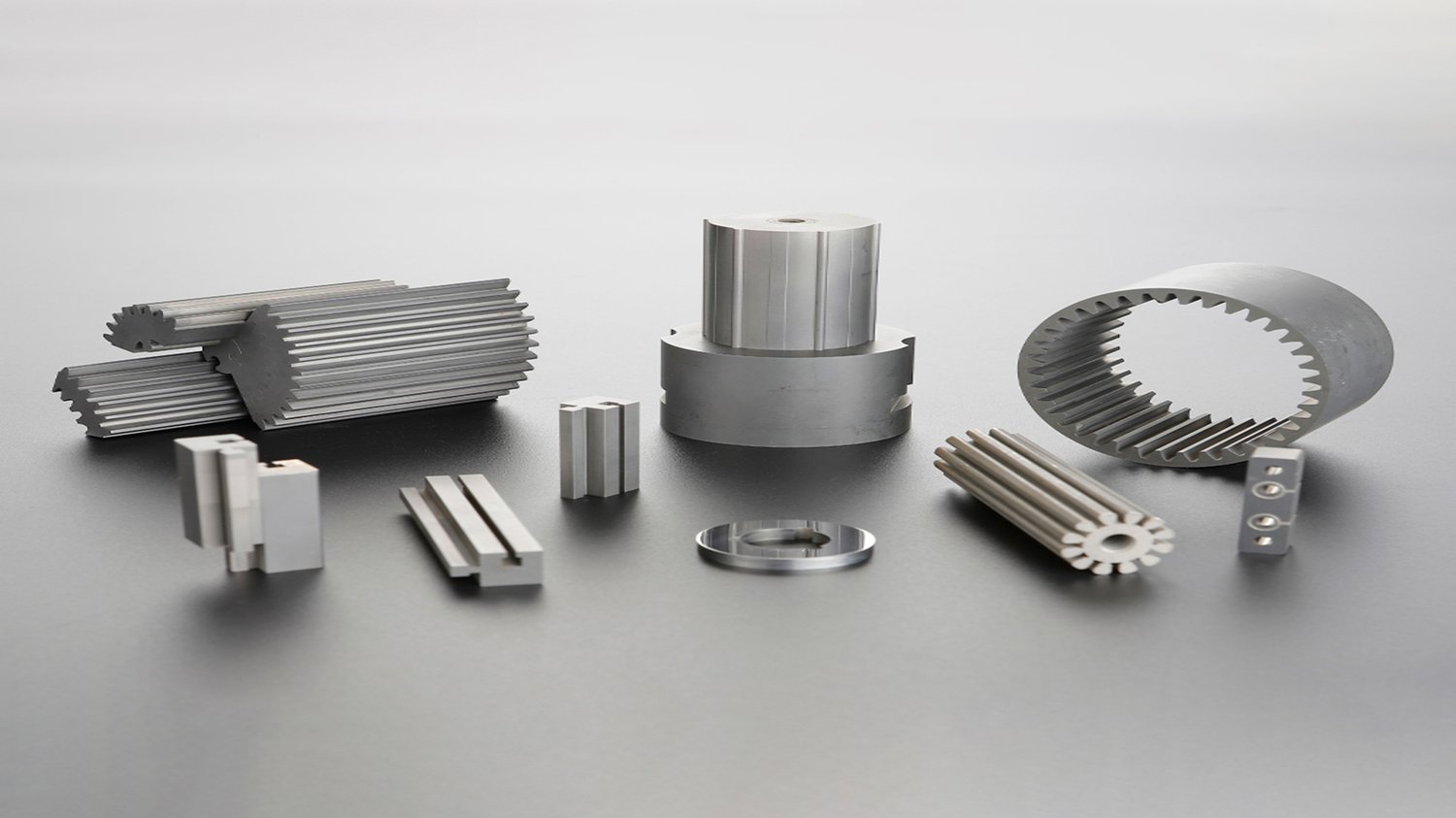Introduction
Robotic Machining is a revolutionary method of manufacturing that uses robots to automate the machining process. In this article, we will explore the benefits and applications of this technology.
Increased Efficiency
Robotic machining has significantly increased efficiency and productivity in manufacturing. Robots can work around the clock without breaks, resulting in faster processing times and increased output.
Greater Precision
Robots are programmed to perform tasks with high precision and accuracy. This means that robotic machining is ideal for producing components with tight tolerances that require a high level of accuracy.
Flexibility
Robotic machining provides manufacturing flexibility. Robots can be easily programmed to switch between different products and operations, making it easy to adapt production processes to meet changing demands.
Cost Savings
Robotic machining can save costs by reducing the need for manual labor and improving overall efficiency. Additionally, robots are less likely to make errors or defects, reducing the cost of rework and scrap.
Improved Safety
Robots can perform dangerous tasks such as working with hazardous materials, heavy lifting, and working in high-temperature environments. This reduces the risk of injury or accident to human workers.
Quality Control
Robotic machining has built-in quality control mechanisms that ensure that each product is produced to the required specifications. Robots can measure and inspect products during and after the machining process, guaranteeing consistency in quality.
Applications
Robotic machining has numerous applications across a variety of industries, including automotive, aerospace, and medical devices. It is ideal for producing high-precision components such as engine blocks, gears, and medical implants.
Challenges
Robotic machining is not without its challenges. Initial setup costs can be high, and programming robots to perform specific tasks requires specialized expertise. Additionally, robots may not be suitable for every aspect of the machining process.
Future of Robotic Machining
The future of robotic machining looks promising. As technology continues to advance, robots will become smarter, more efficient, and easier to program. They will play an increasingly important role in the manufacturing industry.
Conclusion
Robotic machining is a game-changer in manufacturing. It offers increased efficiency, greater precision, flexibility, cost savings, improved safety, and quality control. As technology advances, robots will continue to become more advanced and better integrated into the manufacturing process.

